In the modern packaging industry, anti-static aluminum foil bags stand out for their excellent performance, becoming the preferred partner for precision products, electronic products, and food and pharmaceutical fields. Among them, water vapor transmission rate and oxygen transmission rate are the two core indicators to measure its barrier performance, which not only highlight the technical content of the packaging material, but also are directly related to the safety and quality assurance of the packaged items.

Water Vapor Transmission Rate: The Technological Shield for Defending Dryness The water vapor transmission rate indicates the amount of water vapor that passes through the packaging material under certain time, temperature, and humidity conditions. For anti-static aluminum foil bags, it is an important indicator to measure its moisture-proof performance. A low water vapor transmission rate means that the bag has good moisture-proof performance, which can effectively resist the invasion of external moisture and ensure that the items inside the package are free from the harm of dampness, maintaining their proper dryness and quality. This is undoubtedly crucial for electronic components, medicines, food, and other items that are very sensitive to environmental humidity.
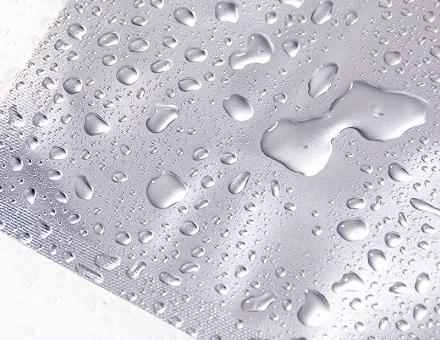
The water vapor transmission rate of anti-static aluminum foil bags follows internationally recognized testing standards, such as ISO 2528, ASTM E96/E96M, and GB/T 12704. Taking the ASTM standard as an example, under specific conditions (38°C silicone oil temperature, 90% RH humidity, 3.03 L/min gas flow rate), the transmission rate should be less than 0.006 g/(m²·d), which intuitively shows its excellent moisture-proof performance.
It is worth noting that the water vapor transmission rate of anti-static aluminum foil bags is not constant, but is influenced by multiple factors such as material thickness, environmental temperature and humidity, and production technology.
· Material Thickness: Generally speaking, the thicker the aluminum foil bag, the lower its water vapor transmission rate, because thicker materials can provide better barrier performance. However, it is also necessary to take into account flexibility and packaging efficiency to avoid the inconvenience brought by excessive thickness.
· Temperature and Humidity: The temperature and humidity conditions during testing also affect the measurement results of the water vapor transmission rate. Usually, measurements are made under standard test conditions (such as ASTM standards) to ensure the accuracy and comparability of the results.
· Production Technology: The sophistication of the production process, especially the mastery of heat sealing technology, is directly related to the sealing and moisture-proof performance of the aluminum foil bag.

Oxygen Transmission Rate: The Technological Barrier for Freshness and Oxygen Protection The oxygen transmission rate refers to the volume of oxygen that passes through the packaging material per unit area and per unit time. For anti-static aluminum foil bags, a lower oxygen transmission rate means that it can effectively prevent oxygen from the external environment from entering the inside of the package, thereby protecting the items inside the package from slowing down the oxidation rate and extending their shelf life and service life. This is particularly important in the packaging of electronic components, medicines, food, and other items that are prone to oxidation.

Internationally, the oxygen transmission rate of anti-static aluminum foil bags is tested according to internationally recognized standards such as ASTM D3985, ISO 15105-2, and DIN 53380. Generally speaking, high-quality anti-static aluminum foil bags have an oxygen transmission rate that is far below 0.1 cm³/(m²·d·0.1MPa), which fully demonstrates their efficient barrier to oxygen.
It is worth noting that this value is influenced by various factors such as the material thickness, production process, and quality level of the anti-static aluminum foil bag.
· Material Thickness: The thickness of the aluminum foil is a key factor in determining its oxygen transmission rate. Generally, the thicker the aluminum foil, the denser its structure, and the stronger its barrier to oxygen, resulting in a naturally lower oxygen transmission rate. Conversely, thinner aluminum foil may have a higher oxygen transmission rate due to relatively loose structure.
· Production Technology: The advancement of production technology directly affects the oxygen transmission rate of the aluminum foil bag. By adopting high-tech methods such as chemical corrosion and physical deposition, the surface performance of the aluminum foil can be significantly improved, and its microstructure can be optimized, thereby further enhancing its barrier to oxygen.
· Aluminum Foil Quality: The quality of the aluminum foil is also an important factor. High-quality aluminum foil strictly controls the production of defects and pinholes to ensure the integrity and density of its structure, thus more effectively preventing the penetration of oxygen.

Anti-static aluminum foil bags, with their excellent water vapor transmission rate and oxygen transmission rate, have built a solid protective wall for the packaged items. Nowadays, high-quality anti-static aluminum foil bags are emerging one after another in the market. XCGS anti-static aluminum foil bags can achieve a water vapor transmission rate of less than 0.005 g/(m²·d) and an oxygen transmission rate of less than 0.05 cm³/(m²·d·0.1MPa). Behind these numbers is XCGS's dedication to technology and innovation, and its relentless pursuit of quality life.
XCGS has been focusing on the packaging material market for more than 20 years, and its anti-static aluminum foil bags have been sold both domestically and internationally, winning widespread recognition for their excellent performance. If you need, please feel free to contact us, and we will customize for you.




















































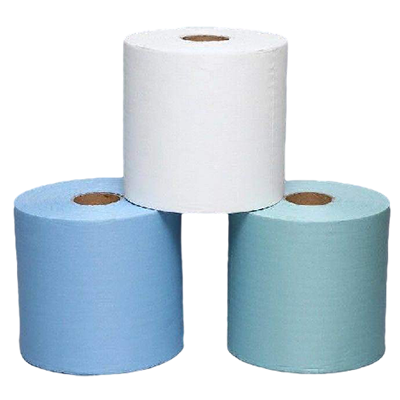

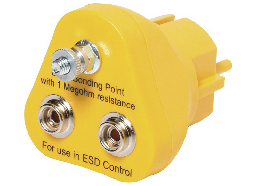
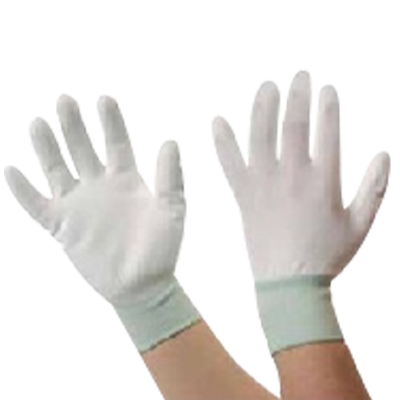
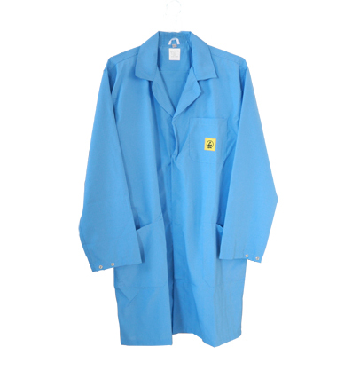
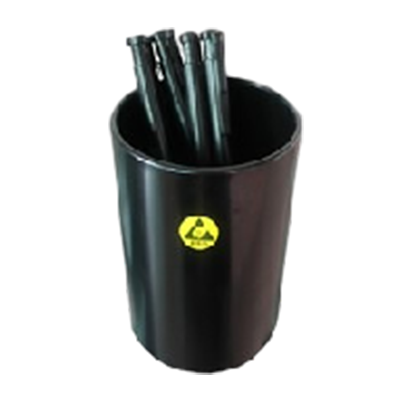


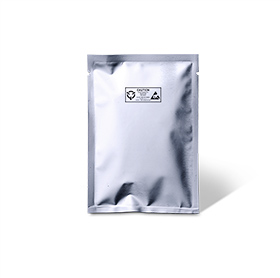
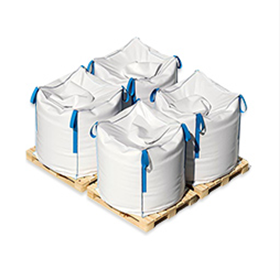










































 18915559236
18915559236 xcbxa@xcgs.com
xcbxa@xcgs.com